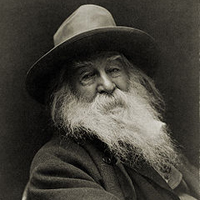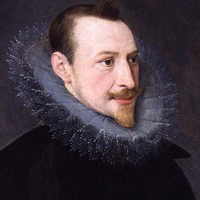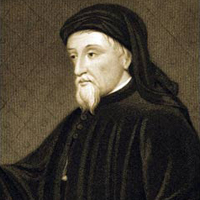Crossing Brooklyn Ferry by Walt Whitman: Analysis
The poem is based on Whitman’s ideas on the external forward movement of all things, through life, death and rebirth, and his ideas of an interrelationship of all people that transcends time and place. He reaches back to acknowledge the past and look forward to greet the wonderful future. The ferry, the people that cross on it, and the rushing water beneath, serve for Whitman as mystical symbols of an everlasting and unified flow of humanity from the present into the future.


